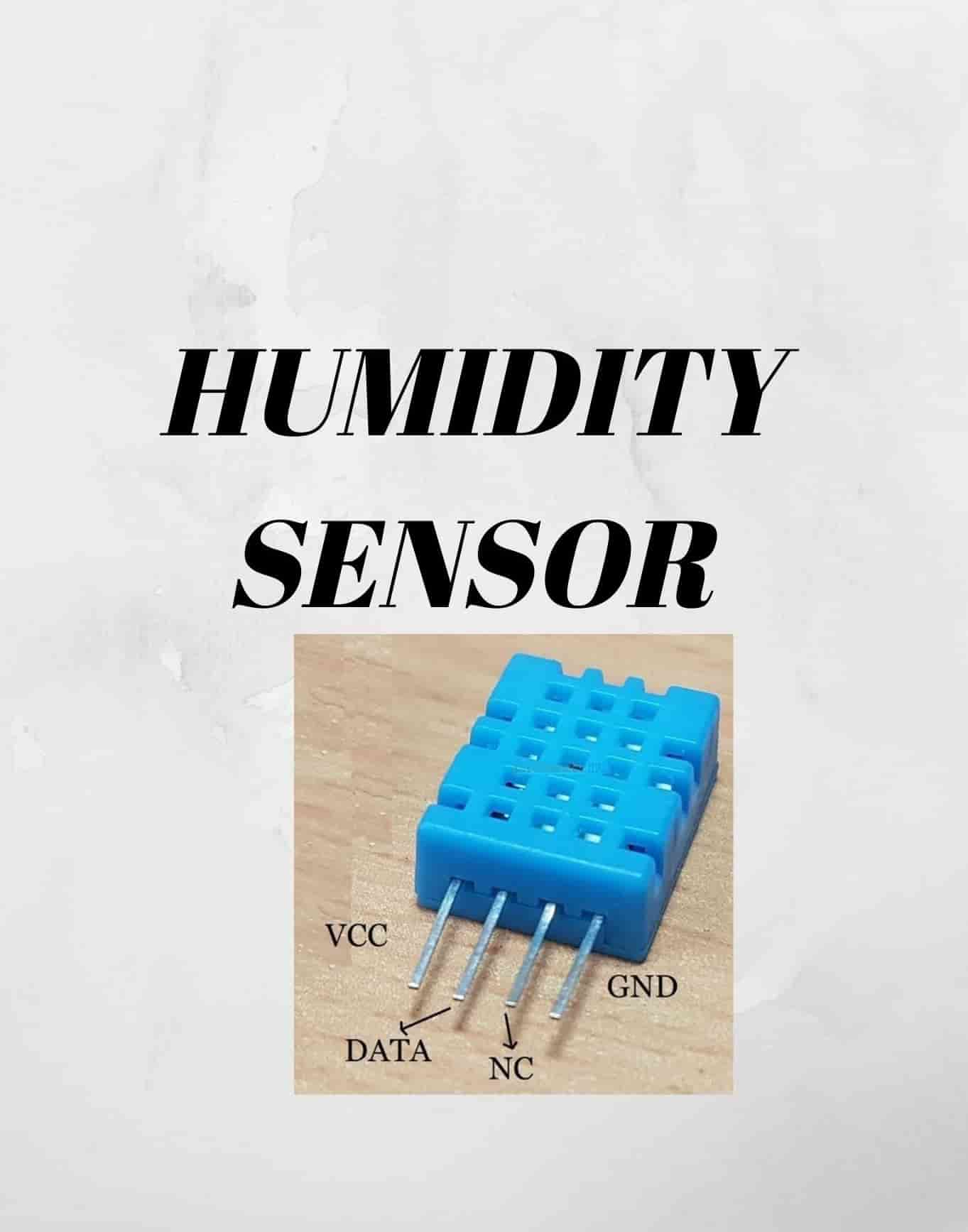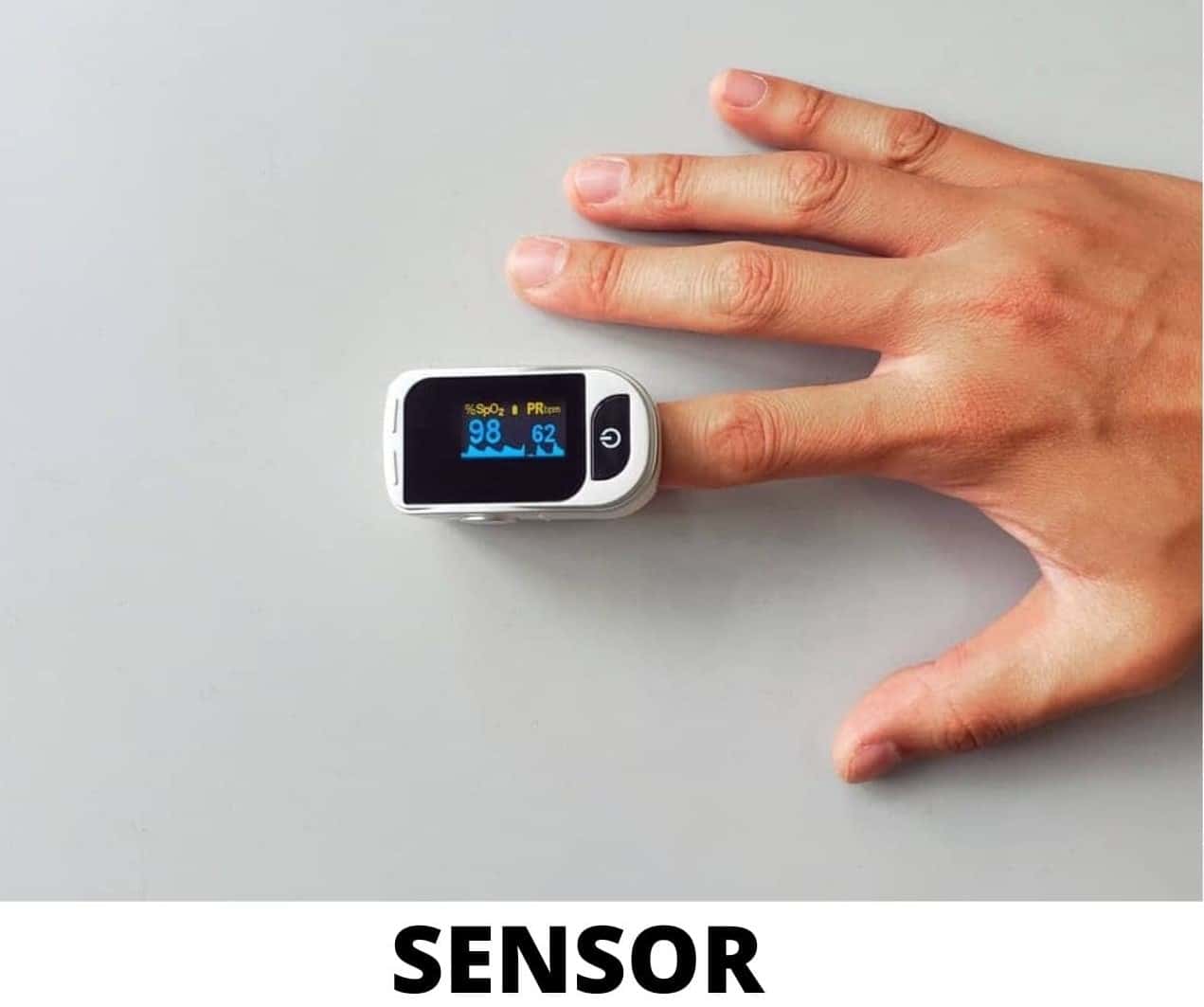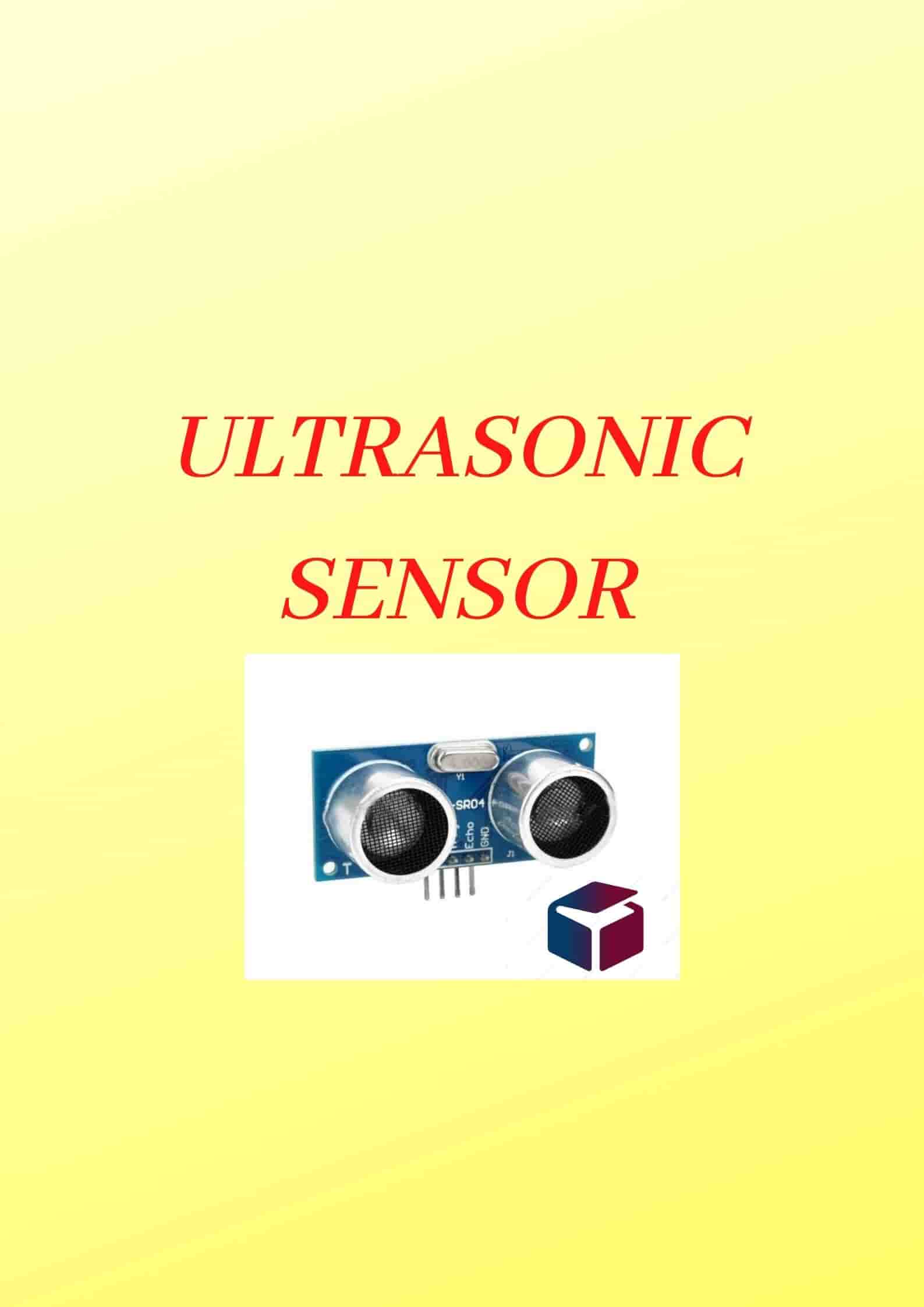Hey guys, what is up. In this particular post, we will be discussing what is a humidity sensor. How does a humidity sensor works, its applications, and examples?
Updated on 05.10.2021
KEY POINTS
What is humidity sensor?
Humidity is a term that defines the number of vapors of water available in the air. It is measure in two forms Absolute humidity and Relative humidity. Relative humidity plays an important role in medical and industrial environments. An increase in the values of this, beyond the maximum level, can be the reason for the improper working of systems. That can also create flaws in the weather forecasting systems too. In simple words, humidity value is an important factor for security and safety purposes. These sensors are useful in calculating the values of humidity. Relative sensors also calculate the temperature of the air. Also, it is not helpful for temperatures higher than 100 ⁰C.

A humidity sensor is an electronic gadget use to calculate the amount of humidity in the air. These are very low cost and also they are sensitive. They are also known by a different name which is hygrometers. Humidity can be calculate in different forms like relative humidity, specific humidity, and absolute humidity. Moreover, they are classified in the form of humidity calculated by a sensor, they are categorized as Absolute and Relative humidity sensor.
These can also be categorized on which parameters they use to calculate humidity, these sensors are categorized as capacitive, resistive, and thermal conductivity humidity sensors.
Some parameters need to be keep in mind while choosing these. This includes accuracy, reliability, linearity, and response time.
How does a humidity sensor work?
Basically, a relative humidity sensor consists of a humidity detecting element. It also contains a thermocouple or a thermistor to find the temperature. Moreover, a capacitive sensor contains a capacitor as the sensing element. In these sensors, the deviation in electrical permittivity of the dielectric material is calculate to measure the relative humidity observations.
For constructing a resistive sensor low resistivity objects are use. This resistive object is kept at the top of two electrodes. For measurement of humidity, values change in resistivity values are use. The thermal conductivity sensor calculates absolute humidity.
Applications:
Some of the most important applications of sensing, calculating, and controlling humidity is given below:
- Domestic: Most importantly it helps sense and manage humidity in our homes and offices. At higher humidity surroundings affect the flow of blood in our bodies. Few more domestic areas where it is useful are cooking, indoor plantation, etc.
- Industrial: In places and industries like chemical, metal or other in places where heaters or burning is use. The high amount of humidity decreases the amount of oxygen available in the air and also decreases the firing speed. Other industries also require controlling humidity like textile, paper, etc.
- Agriculture: Irrigation methods like drip irrigation needs high moisture content for plants. Also, the presence of moisture plays a vital role in the better growth of the plant. Humidity management is also important for indoor vegetation.
- Electronics and Semiconductor: Also, all electronic gadgets have ratings that contain a humidity level range in which they work with full efficiency. Moreover, this value will be in the range of 10% to 50% humidity. In fabrication, plants require very accurate temperature and humidity values also a little change can show a big impact on the production.
- Medical: Medical things like ventilators, incubators, sterilizers, etc require humidity control. It is also useful in medicinal plants and biological tasks.
Examples:

Some of the common examples of these types of sensors easily available in the market are DHT11, DHT22, etc. Digital sensors are taken into use when accurate and reliable readings are necessary. SH3X is the most flexible sensor. SHTW2 is the tiniest sensor available in the market.

The calculation of humidity doesn’t calculate humidity directly. This is possible with the help of measuring quantities like mass, pressure, temperature, resistivity. The digital sensor calculates the difference in resistivity and conductivity values to find humidity.
This sensor displays the digital values which make them easy to link. Also, they can use other devices like Arduino, boards, etc. This type of sensor proves to be a very helpful tool in the safety of sensitive electronic gadgets that are less bearable to the environment changes.
In the upcoming post, you will be getting information related to GPUs and what is merging in coding. If you haven’t read our recent post on how an ultrasonic sensor works then go and read this. Also, stay tuned for the upcoming posts.




Nice content.
The article is well explained and informative